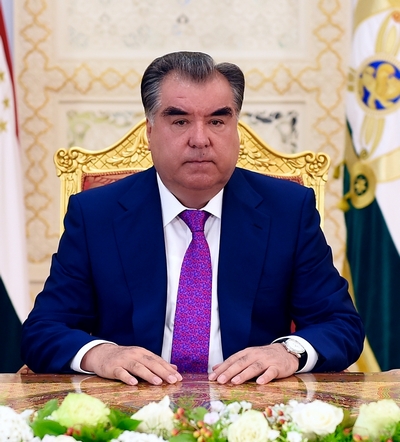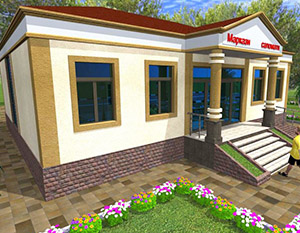On December 14, current year the results of the 2017 Tajikistan Demographic and Health Survey (TjDHS) was presented at the “Hilton Dushanbe” Hotel. The event was held on the initiative of the Statistical Agency under the President of the Republic of Tajikistan in cooperation with the Ministry of Health and Social Protection of the Population of the Republic of Tajikistan with financial and technical support from the United States Agency for International Development (USAID), the United Nations Population Fund (UNFPA) and the United Nations Children’s Fund (UNICEF) in Tajikistan.
The objective of the survey was to provide up-to-date information on fertility and contraceptive use, maternal and child health, nutrition, childhood mortality, domestic violence, child discipline, knowledge and behavior regarding HIV infection and other sexually-transmitted infections, and other health-related issues. TjDHS 2017 is the next one after the TjDHS 2012 survey and contains updated assessments of key demographic health indicators.
It was reported during the meeting that Tajik households have an average of 6 members. 38 % of Tajikistan’s household population is under age 15. Currently, women in Tajikistan have an average of 3.8 children. This is the same fertility rate reported in 2012.
According to the survey, the infant mortality rate (deaths to children before the first birthday) in Tajikistan is 27 deaths per 1,000 live births for 5-year period before the survey. The under 5-mortality rate is 33 deaths per 1,000 live births for the 5-year period before the survey. This means that about 1 in every 30 children dies before his or her 5th birthday.
Under-5 mortality has declined in recent years, from 43 under-5 deaths for every 1,000 live births in 2012 to 33 in 2017. Infant mortality has also dropped, from 34 to 27 deaths.
Spacing children at least 36 months apart reduces the risk of infant death. The median birth interval in Tajikistan is 29 months. Infants born less than two years after a previous birth have high under-5 mortality rates.
Four in five (82%) children age 24-35 months have received all basic vaccinations. Three percent of children have received no vaccination. According to the 2017 TjDHS, 79% of children age 12-23 months and 70% of children age 24-35 months have received all of the vaccinations appropriate for their age group.
The anemia prevention issue was also discussed at the meeting. It was noted that anemia is common in women-41% of women age 15-49 are anemic. Anemia is among women across all educational and wealth categories. As in children, anemia in women is highest in GBAO (55%).
We will recall that data collection was conducted from August 8 to November 11, 2017 by the Statistical Agency under the President of the Republic of Tajikistan. The Tajikistan Demographic and Health Survey were funded with the support from the United States Agency for International Development (USAID). Additional funding for the study was provided by the United Nations Population Fund (UNFPA) and the United Nations Children’s Fund (UNICEF) in Tajikistan. The ICF provided technical assistance through the MDI Program, a USAID-funded project that provides support and technical assistance in conducting world demographic surveys.



















